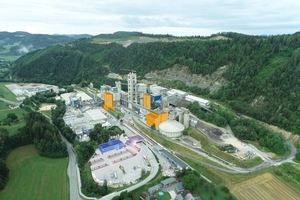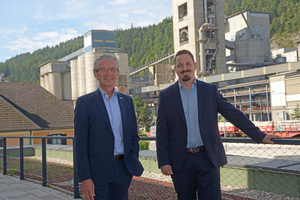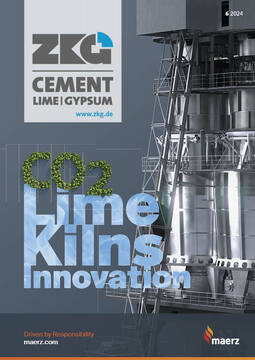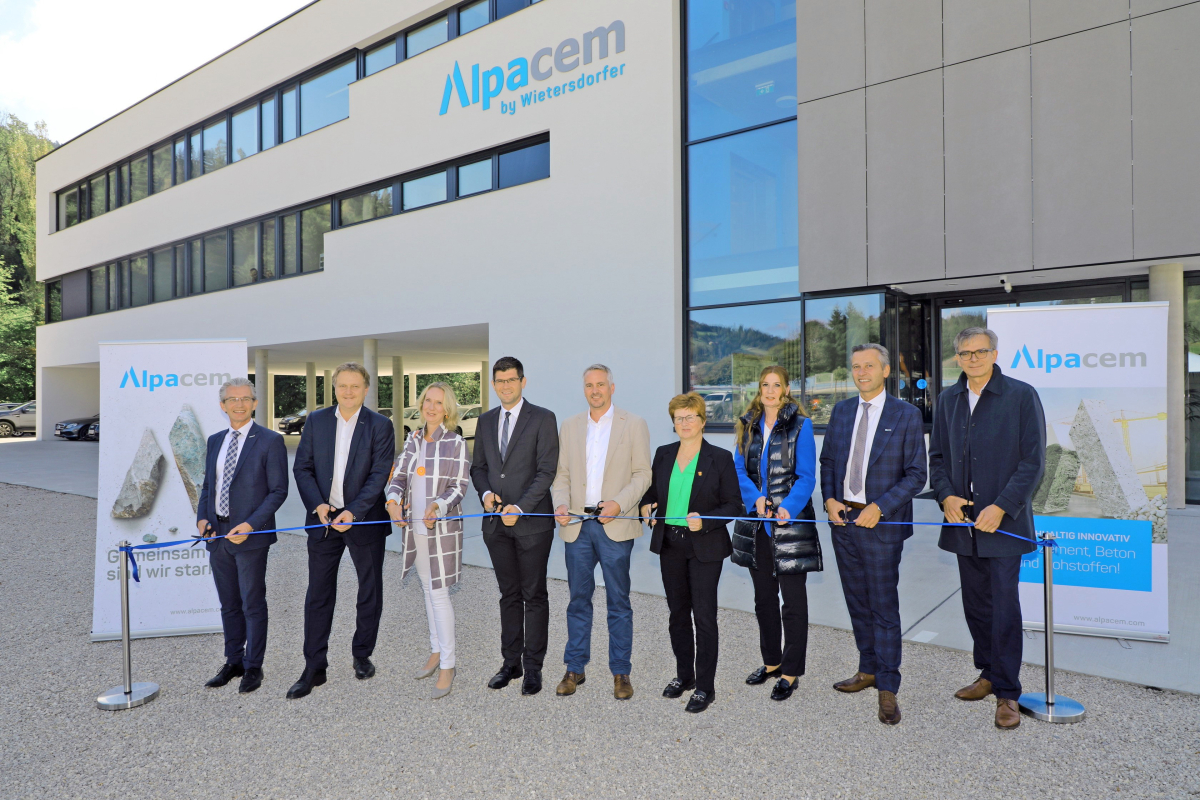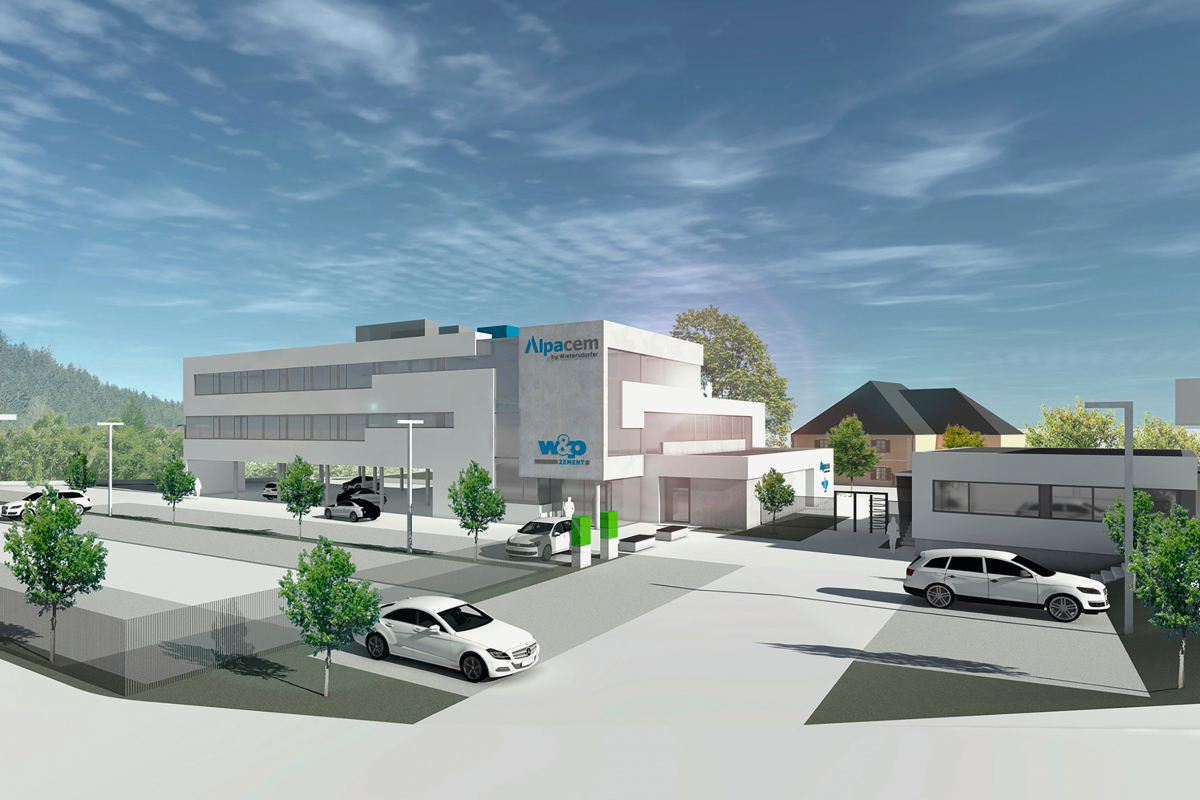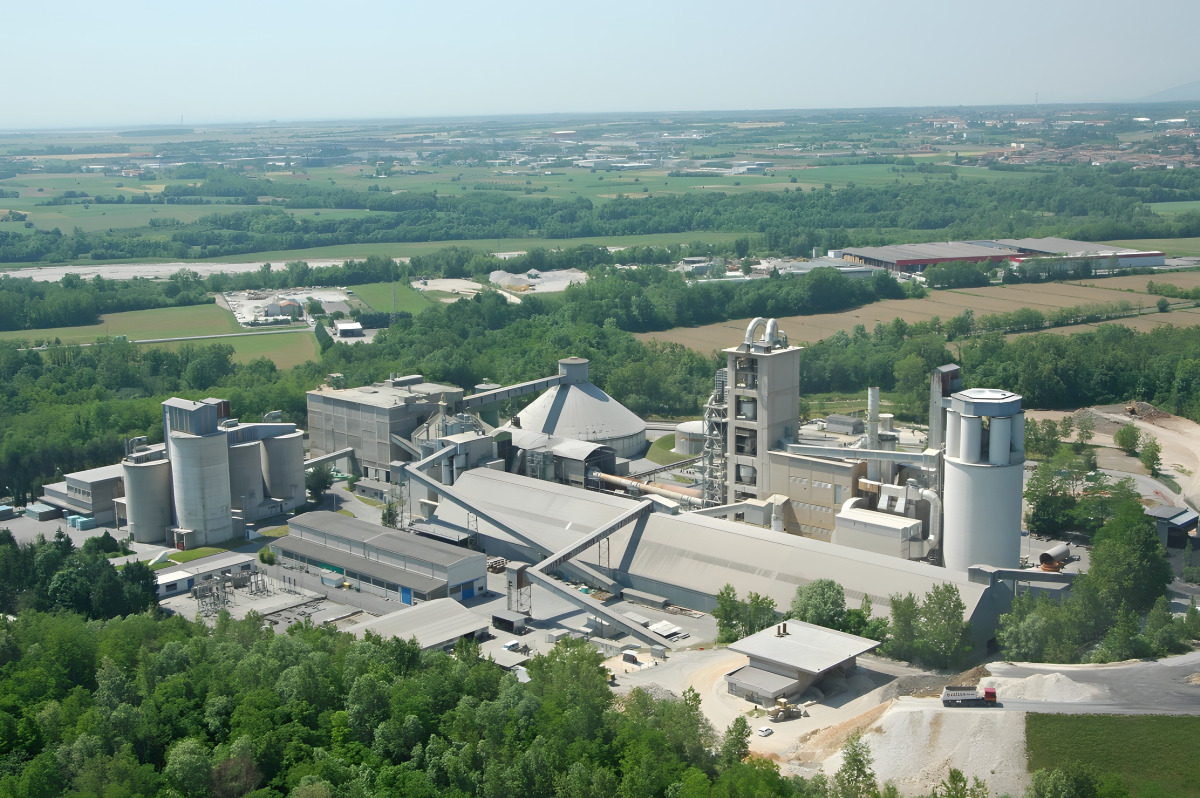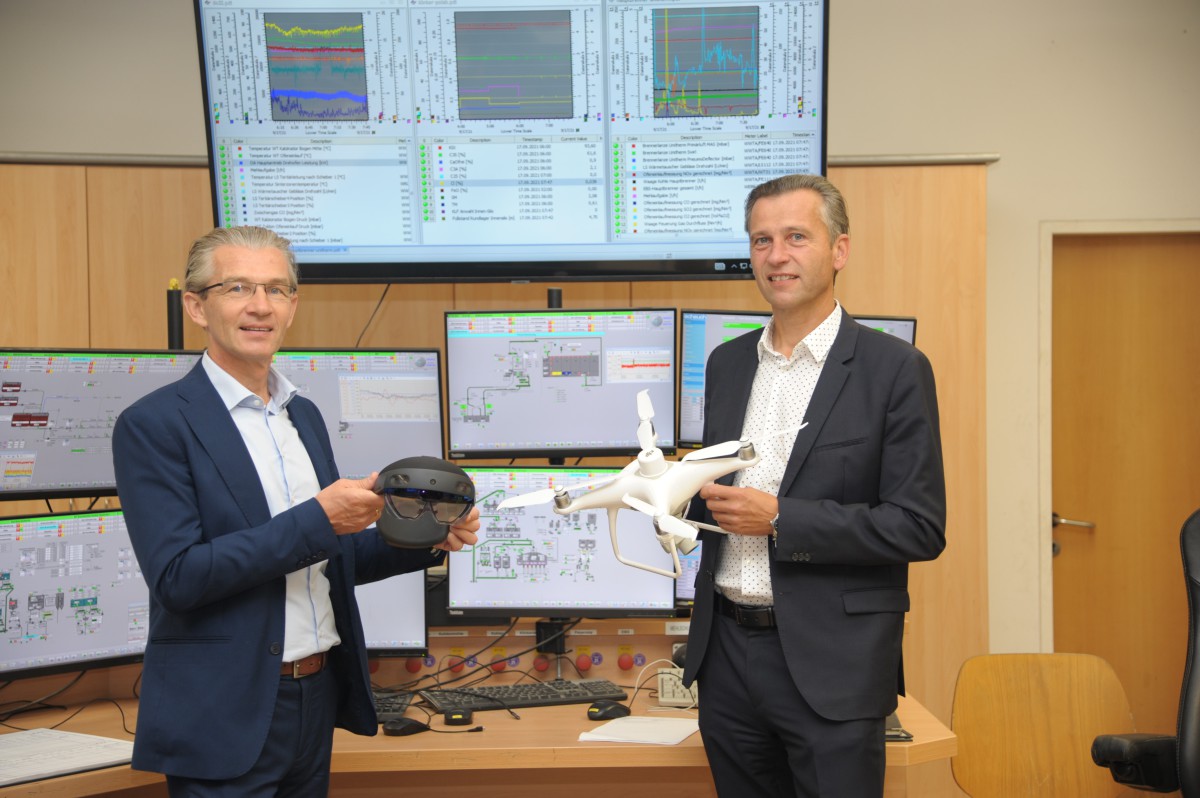Alpacem aims to save 21000 t of CO2 at Wietersdorf cement plant
Alpacem is taking the next step towards low-emission cement production at its Wietersdorf site. With the ZEUS modernization programme (cement grinding energy-efficient, environmentally conscious strengthening), which is to be implemented by the beginning of 2027, modern production concepts will be implemented at the Wietersdorf cement plant. The aim is to reduce the CO2 footprint of Alpacem products, increase energy efficiency and reduce the load on the electricity grid. Alpacem expects this to reduce CO2 emissions by 21000 t/a. The company is investing around € 50 million in the site, underlining the importance of the Wietersdorf cement plant within the Alpacem Group.
“With the ZEUS project, we are investing in a sustainable future for the Alpacem site in Wietersdorf and laying the foundations for energy-efficient and environmentally conscious cement grinding. This is not only an investment in the cement plant in Wietersdorf, but also in the entire region. Around half of the investment volume of € 50 million will remain directly in the region thanks to the commissioning of local companies. In this way, we create added value locally and secure regional jobs,” says Florian Salzer, Technical Director of Alpacem Zement Austria.
Energy-efficient and environmentally conscious cement production
The primary product of every type of cement is cement clinker. This is produced by burning limestone at high temperatures – also known as deacidification. During deacidification, CO2, which is bound in the limestone, is released. This process CO2 accounts for 60 to 70% of CO2 emissions in the manufacturing process. In order to produce low-emission cements, the proportion of clinker in the finished product must be reduced and replaced with alternative additives.
The core of the modernization program is therefore a new cement grinding plant, which is to be implemented in three project stages. In project stage 1, a new plant configuration with two storage silos at its core will be built, which will take over the pre-grinding and drying of some of the clinker-saving additives in future. It will be powered by the waste heat from the clinker kiln. This sub-project has already been submitted to the relevant authorities for approval and is scheduled to go into operation in the first half of 2025, depending on the approval process.
Project stage 2 involves the construction of a cement silo plant. The focus here is on increasing storage capacity. This will ensure that green energy can be used optimally. The increase in storage capacity also allows production planning to be made more flexible, which in turn reduces the load on the electricity grid. The cement silo plant is also equipped with a modern rail loading system in order to make greater use of this transport route in the future. Completion is planned for 2026.
The commissioning of the new cement mill in project stage 3, which is planned for 2027, will enable more efficient production of low-emission and new types of cement. It will also make production planning even more flexible.
Compass points in the direction of CO2 neutrality
The ZEUS project is part of Alpacem‘s 3-phase plan to make cement production CO2-neutral by 2035. In phase 1, the focus is on utilizing known technologies to reduce CO2 emissions. The modernization program presented today is part of this phase 1. 21000 t/a of CO2 will be saved after the implementation of the ZEUS project in Wietersdorf. The electricity requirement will be reduced by around 7800 MWh. This corresponds to a 10% energy saving at the Wietersdorf cement plant. In addition, the natural gas requirement will also be reduced by more than 400000 m3.
“Alpacem has a clear goal: CO2-neutral production by 2035. To achieve this ambitious goal, we need a package of measures and a concrete path, which we have defined in our 3-phase plan. Reducing the proportion of clinker using modern, energy-efficient technologies is an effective way of cutting CO2 emissions in cement production. We have therefore made an investment volume of around € 50 million available at the Wietersdorf site in order to take a further step towards our goal of CO2 neutrality,” says Alpacem Zement Austria Managing Director Lutz Weber.
The ZEUS project complements the measures already implemented at the Wietersdorf cement plant. For example, fossil fuels are being replaced by low-CO2 fuels, electricity is being produced from the plant‘s own hydropower and the proportion of alternative raw materials is being continuously increased. All these measures are part of the 3-phase plan.

